- The storage capacity of the Bukhtama hydropower station in the lower reaches of the Ehe River exceeds 50 billion tons
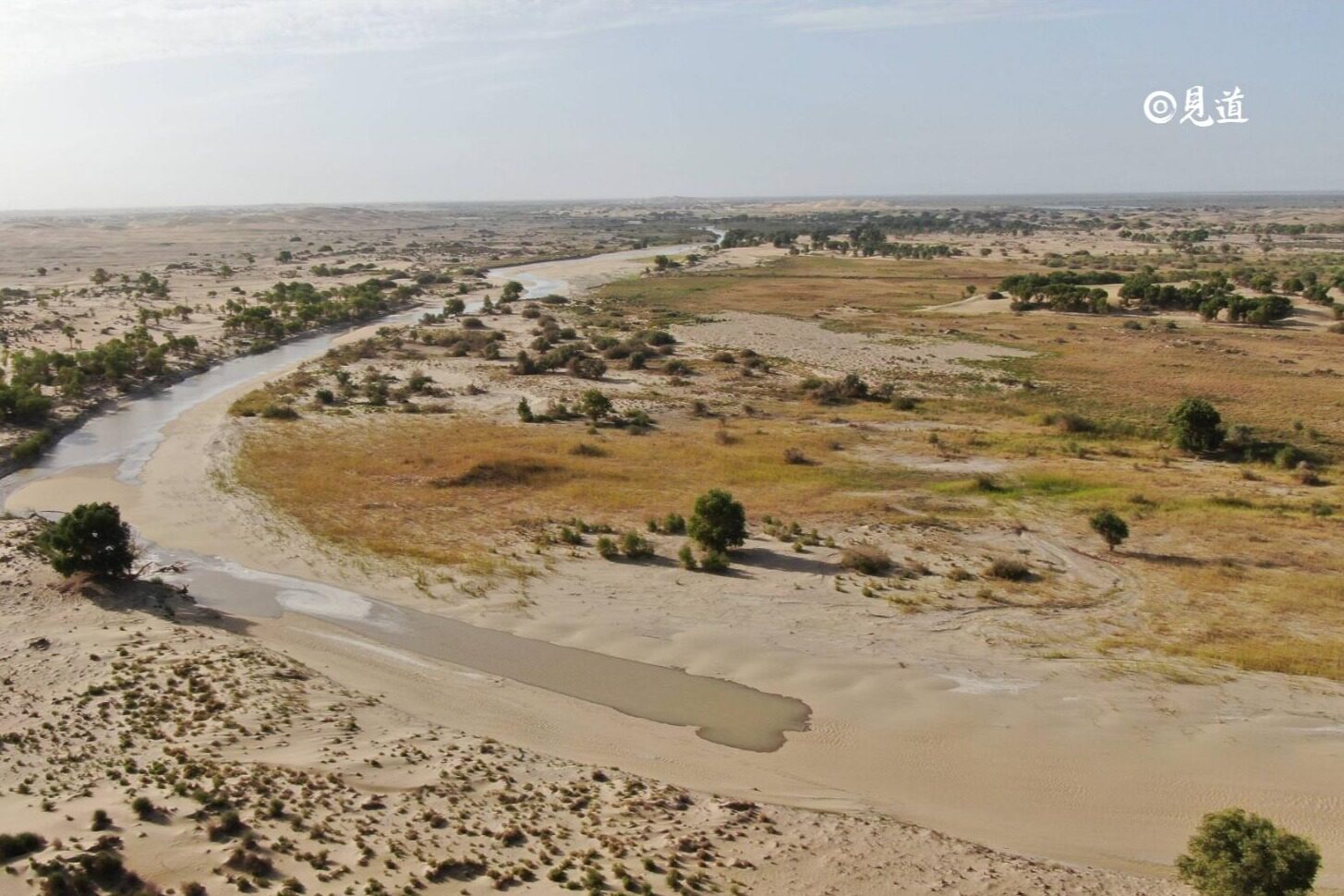
The flow calculation at the outlet of the Ertix River Basin shows a total annual runoff of 21 billion cubic meters and an outflow of 11.1 billion cubic meters. The basin has consumed over 9.9 billion tons, with a domestic river utilization rate of less than 50%, resulting in an oasis of 50000 square kilometers. After intercepting the river, an additional 60000 square kilometers of new farmland, equivalent to over 100 million acres, as well as tens of thousands of square kilometers of grasslands and saline lakes, will be obtained.
Even if these water resources flow back into the sea after a few cycles in Xinjiang, they will still circulate in regions such as Xinjiang, Northwest China, Central Asia, Inner Mongolia, and other regions, improving the ecology of the entire region and benefiting millions of people. Due to design limitations, the existing water diversion project in the Ehe River Basin will not exceed 3 billion tons. After the completion of the current water transfer project, more than 8 billion tons of water resources still flow into the Arctic Ocean in vain every year. Can storing 10 billion tons of water at the bottom of the basin irrigate 100 million acres of arable land?
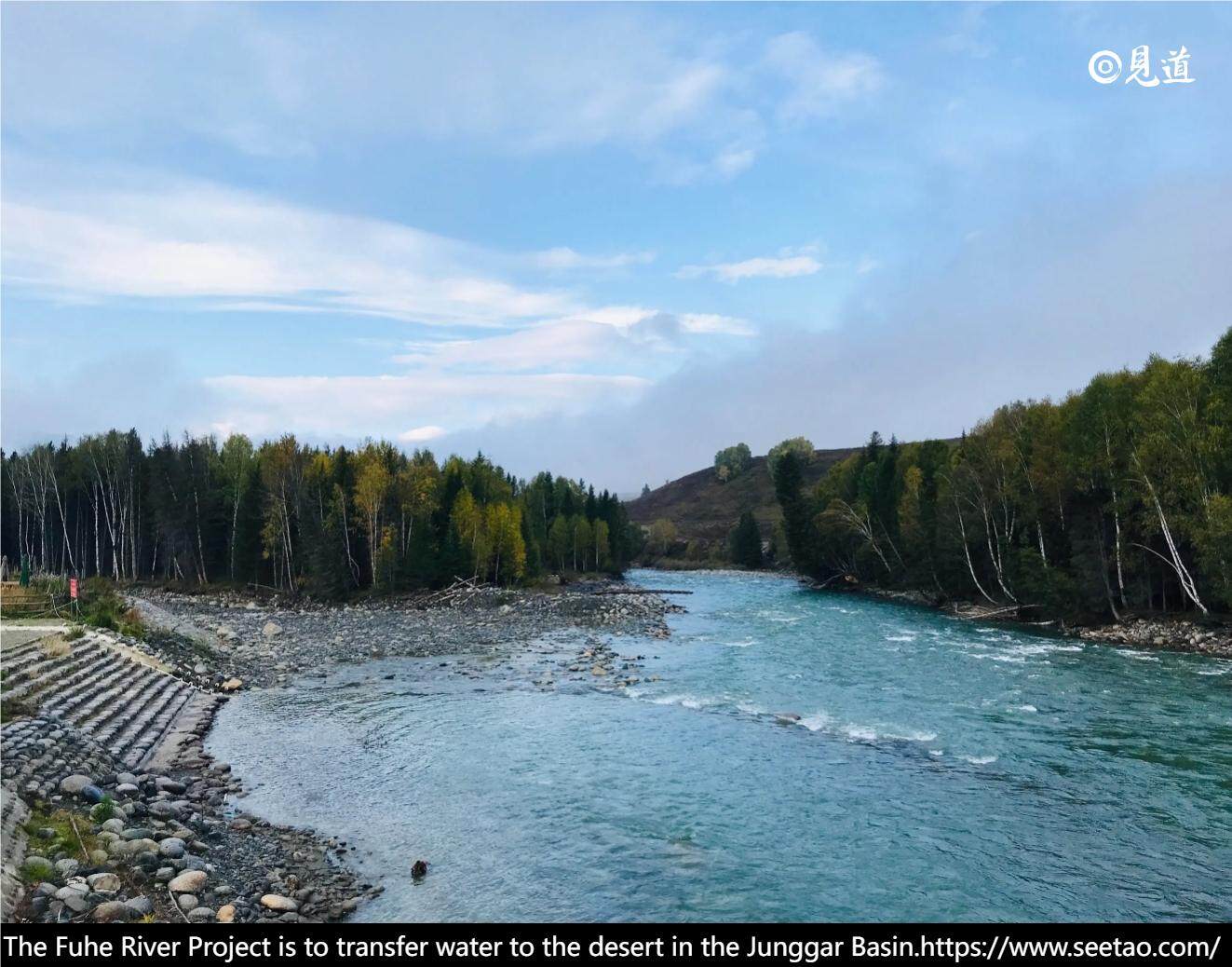
The Buhetama hydropower station in the lower reaches of the Ehe River has a storage capacity of over 50 billion tons, ranking among the top five artificial reservoirs in the world, twice as large as the Three Gorges Reservoir. Most of the water is from the Ehe River, and 15 billion tons of water flows out of the reservoir into the Arctic Ocean every year. If water is first stored for 20 years and a large reservoir of over 100 billion tons is obtained, the topography of the basin and the replenishment of water vapor can greatly improve the environment. How to utilize the natural laws of water absorbing solar energy to meet human energy needs. Taking the Fuhe River project as an example, the Fuhe River project is to transfer water to the desert in the the Junggar Basin. The desert covers an area of about 50000 square kilometers. The annual evaporation of the desert is 2-3 meters, and 100 billion tons of water can be evaporated a year. By intercepting 10 billion tons of water from the river and storing it for 10 years, this goal can be achieved.
Evaporating 100 billion tons of water requires about 70 trillion kilowatt hours of electricity. In 2021, China's electricity generation was 8.4 trillion kilowatt hours, ten times that of the entire country. If 1% of the energy from evaporated water is converted into electricity, that is, 100 billion tons of water with a 1200 meter drop can be used for hydroelectric power generation, generating 400 billion kilowatt hours. It may increase the power generation by about one twentieth. Photovoltaic power generation technology has worked for several generations, but its power generation does not meet the expectations of this project. And to achieve this project, the investment should not exceed 30 billion yuan, plus hundreds of billions of dollars in hydropower station investment. Even if only one additional 100 billion kilowatt hours can be added to the Three Gorges, it is still remarkable. The convergence of water vapor makes it easier for wind energy to converge, and the implementation of the project will be even greater. After the completion of this project, the potential for wind power generation will also increase significantly. Its potential should exceed 8 trillion degrees nationwide.
From the perspective of utilizing solar STS alone, the construction cost of these water conservancy facilities is low. The basin is surrounded by mountains on three sides, and the elevation of the mountains is only two to three kilometers, with a drop of half that can generate electricity. The amount of water vapor escaping is small. Can we meet expectations? If possible, then this is a better solution for utilizing solar energy.、
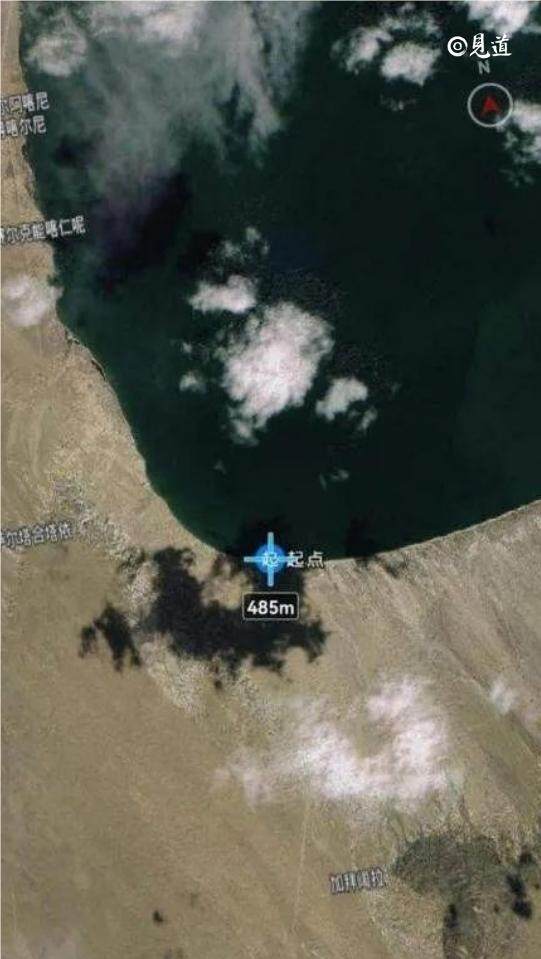
Why is intercepting the Ertix River a very beneficial hydraulic project for downstream countries? There is a second largest artificial reservoir in the world in the lower reaches of the Ehe River, with a storage capacity of over 50 billion tons, about twice the capacity of the Three Gorges Reservoir. The water in these reservoirs is contributed by Xinjiang, and there are still 15 billion tons of white water flowing into the Arctic Ocean every year. After upstream interception, downstream countries control the drainage rights of the dam. If the downstream is in urgent need of water due to drought, they can use the drainage rights to obtain water. If we intercept upstream for 10 years and store 100 billion tons of water. So the downstream will no longer be short of water, and after intercepting the river, downstream countries will also intercept all outflow rivers through China's engineering forces. With the help of China, downstream will no longer be short of water. This is a water conservancy project that is of great benefit to the entire watershed.
The lowest point at the exit of the 10 billion ton Ertix River is only 415 meters above sea level. The Fuhai in the middle reaches of the Ertix River has an altitude of only 485 meters. The drop is only 70 meters. Pump the water from the Haba River and Burjin River to the upstream of Fuhai and transfer it to Fuhai through a 500 meter contour line. That is to say, Fuhai is the lower reaches of the Ertix River. Build two sections of tunnels, the first section is 15 kilometers long and the second section is 58 kilometers long. According to the cost of 280 million yuan per kilometer (the construction cost of the Yangtze River Diversion and Han River Reconstruction Project is 280 million yuan per kilometer). The cost of this project is around 20 billion yuan. If the sea surface of Fuhai can be raised to 500 meters. The length of the tunnel will be reduced to within 30 kilometers, and the entire project investment will not exceed 10 billion yuan.Editor/XingWentao
Comment
 Praise
Praise
 Collect
Collect
 Comment
Comment
 Search
Search


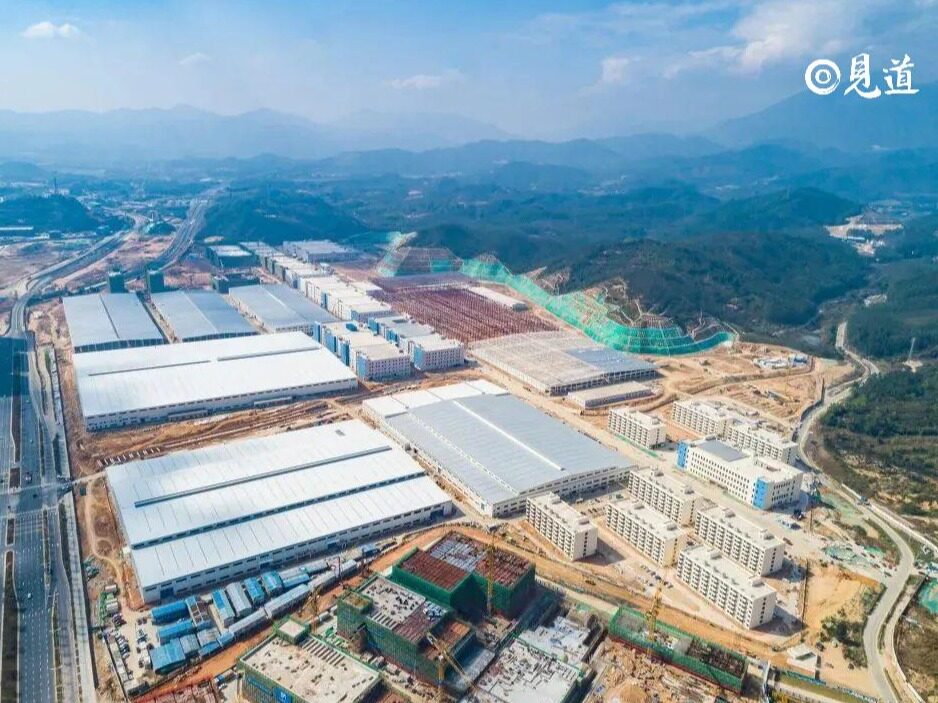

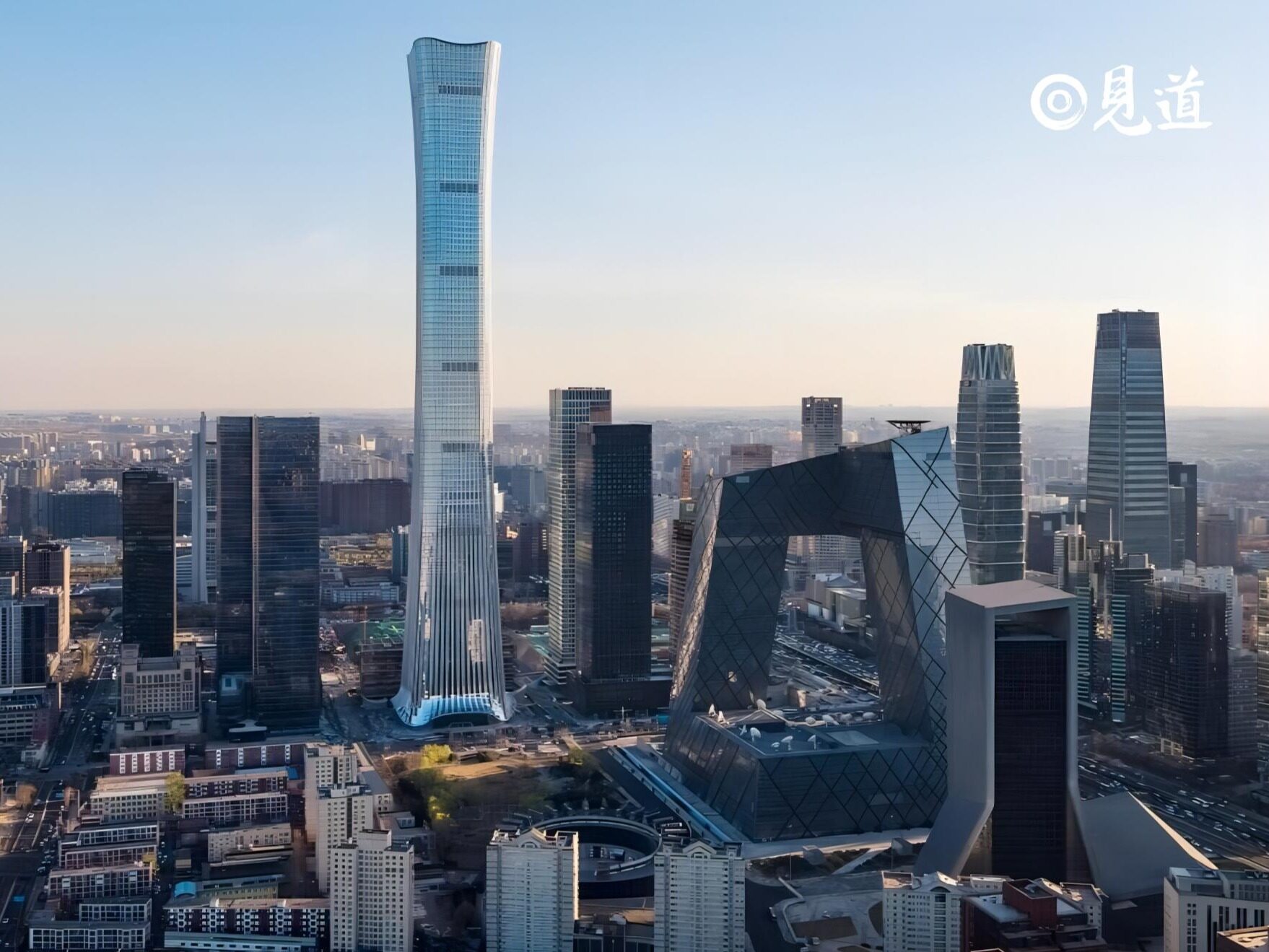


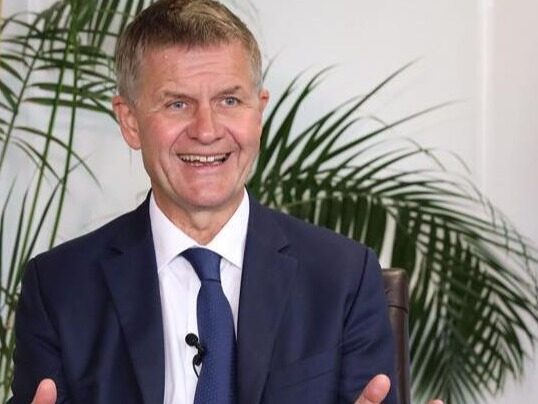






Write something~